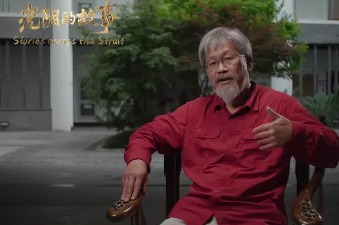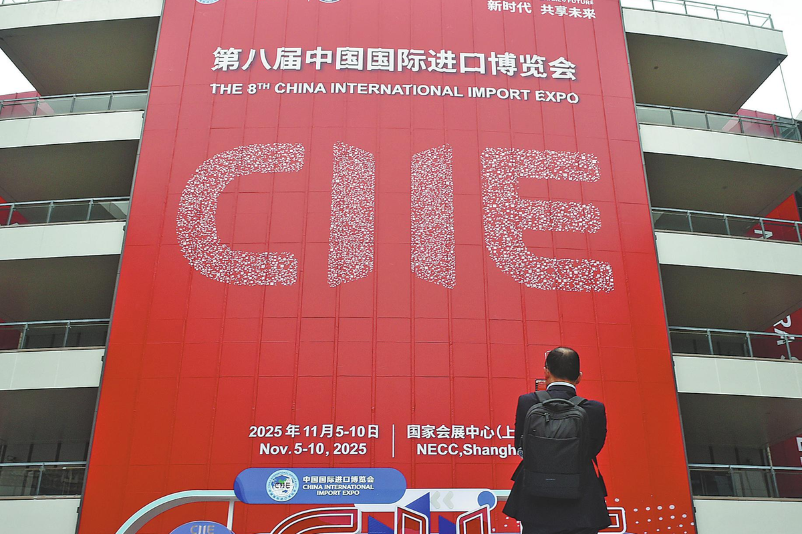China participates in global cooperation for unlimited, clean fusion energy


In 2013, the European Union was looking for an industrial partner to manufacture one of the five poloidal field coils (PF6) initially under its responsibility. In May that year, the EU reached a collaboration deal with China to outsource the work to China, a sign of the recognition of China's manufacturing capability from the world fusion community.
After six years of work, the coil that weighs 400 tonnes and measures about 10 meters in diameter was completed by ASIPP in September this year and will be transported to France in December.
"Through participating in the ITER program, China has not only made contributions to the world, but also made considerable progress in its manufacturing, scientific research ability, and managerial experience. We are also learning from other countries during the cooperation," said Qin Jinggang, a researcher at ASIPP, who is also responsible for the superconducting cables of ITER.
Since its founding in 1978, ASIPP has always attached great importance to international cooperation. It has established close relations with more than 30 countries and regions, including Japan, Russia, the EU and the United States.
"Fusion study is a big project and we need hundreds of scientists, so cooperation is far more important than competition," said Shigeru Morita from the National Institute for Fusion Science of Japan. Being a frequent visitor to China, he conducts scientific research on the EAST machine.
In fact, fusion study is a mirror of China's attitude toward scientific cooperation. The country is extending its arms to embrace scientists and engineers from all over the world regardless of the economic and political climate.
In 2018, China's spending on scientific research and development reached 2.18 percent of its GDP, or around 280 billion U.S. dollars, an increase of 11.8 percent compared with the year before, according to the National Bureau of Statistics.
"China has opened wide to international cooperation in scientific programs. My suggestion is a simple blessing: let China carry on along this path," said Becoulet.
























